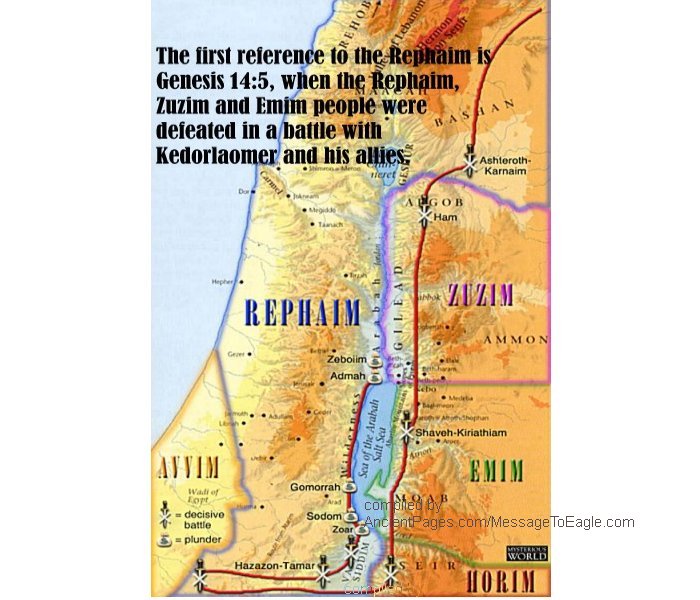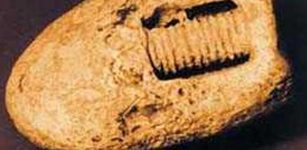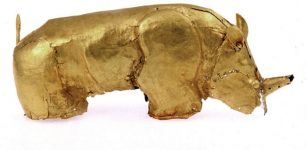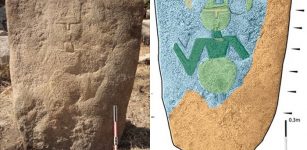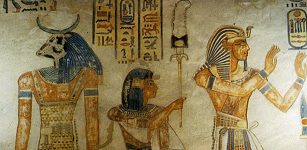‘Wheel Of Giants’ And Mysterious Complex Of Circles – Prehistoric “Stonehenge” Monument In The Middle East
A.Sutherland – MessageToEagle.com – One of the most mysterious structures in the Middle East is the prehistoric stone monument that went unnoticed for centuries in the Golan Heights, probably because it is not visible on the ground but only from the air.
Known as Rujm el-Hiri in Arabic, meaning the “stone heap of the wild cat”, the complex has five concentric circles, the largest more than 500 feet (152 m) wide, and a massive burial chamber in the middle. Its Hebrew name Gilgal Refaim, or “wheel of giants“, refers to an ancient race of giants mentioned in the Bible.
There is strong evidence that the biblical giants or Refaim of the Bible were the architects the Circle of the Refaim.
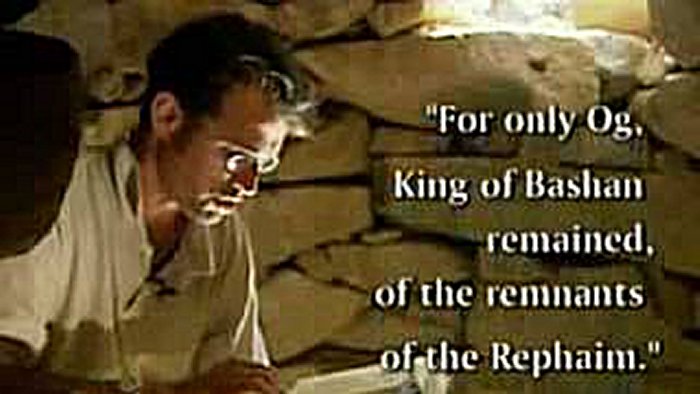
In Genesis 14:5, “the Refaim inhabit the place called Ashtherot-Karnaim. Just ten miles from the rings is the site of an ancient Canaanite city called Ashtherot”.
In Joshua 12:4, “King Og of Bashan, the last of the Refaim, who lived at Ashtarot… ruled a territory stretching From Mount Hermon in the north”.
See also:
Mystery Of The Pre-Adamic Didanum Race: Giants Who Were Ancestors Of The Nephilim and Rephaim
In 1 Chronicles 6:71, we are told that the half-tribe of Manasseh later inhabited “Golan,” in Bashan. The most explicit description of the size of the people of Bashan is found in Deuteronomy 3. “King Og‘s iron bedstead is kept at Rabbah… and measures thirteen and a half feet long and six feet wide.” The Refaim “were a large and powerful tribe, as tall as the Anakim (giants).
In Chronicles 20, the last of the Anakim is killed.
And yet again there was war at Gath, where was a man of great stature, whose fingers and toes were four and twenty, six on each hand, and six on each foot: and he also was the son of the giant.
But when he defied Israel, Jonathan the son of Shimea David’s brother slew him. These were born unto the giant in Gath; and they fell by the hand of David, and by the hand of his servants”. (1Ch 20:6-8) Notice here also, that he was the son of a giant, an Elouid.
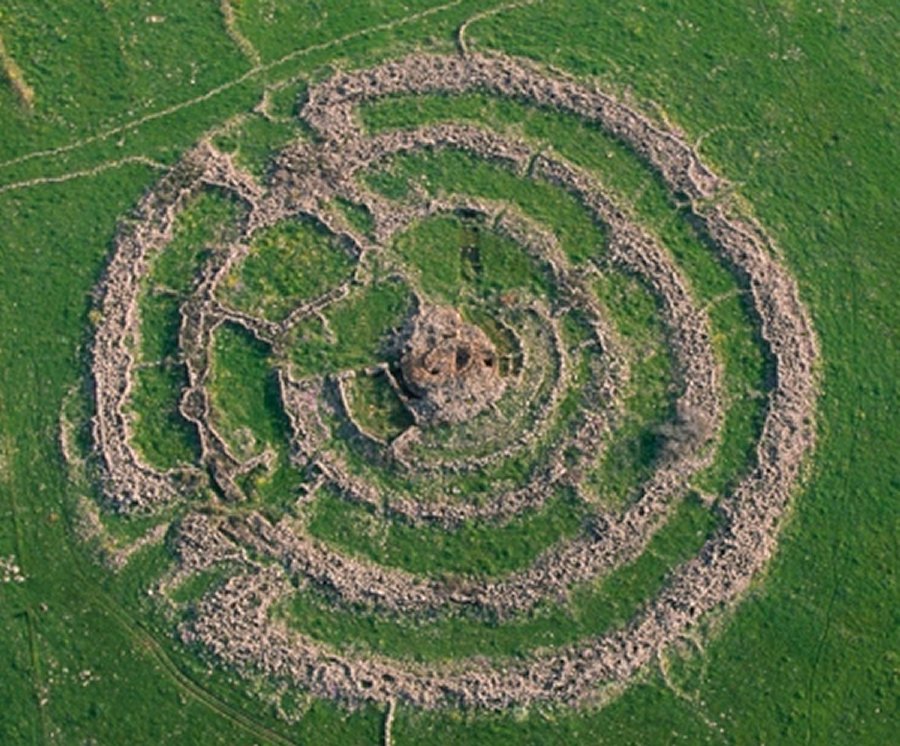
This pattern of stone circles was spotted by archaeologists studying an aerial survey of the Golan Heights after 1967 war. Golan Heights, of which name is known from the biblical city of refuge Golan in Bashan (Deuteronomy 4:43; Joshua 20:8), is a hilly area overlooking the upper Jordan River valley on the west.
It is up to 5,000 years old, according to most estimates, making it a contemporary of England’s Stonehenge. Unlike the more famous monument built with about 100 huge stones topped by lintels, the Golan structure is made of piles of thousands of smaller basalt rocks that together weigh over 40,000 tons.
“It’s an enigmatic site. We have bits of information, but not the whole picture,” said Uri Berger, an expert on megalithic tombs with the Israel Antiquities Authority.
“Scientists come and are amazed by the site and think up their own theories.”
No one knows who built it, he said. Some think it might have been a nomadic civilisation that settled the area, but it would have required a tremendous support network that itinerants might not have had.
There could be an astrological significance. On the shortest and longest days of the year – the June and December solstices – the sunrise lines up with openings in the rocks, he said.
Standing on the ground inside the complex, it looks like a labyrinth of crumbling stone walls overgrown with weeds. From on top of the five-meter-high burial mound, it is possible to make out a circular pattern. Only from the air does the impressive shape of a massive bull’s-eye clearly emerge.
Shards of pottery and flint tools were found in various excavations to help date the site, Berger said. Scholars generally agree that construction started as early as 3,500 BC and other parts may have been added to over the next two thousand years.
The complex is in an area now used for training by Israel’s military, but visitors can explore the walls and crawl into the 20-foot-long burial chamber on weekends and holidays.
Written by – A. Sutherland – MessageToEagle.com Senior Staff Writer
Copyright © MessageToEagle.com All rights reserved. This material may not be published, broadcast, rewritten or redistributed in whole or part without the express written permission of MessageToEagle.com
Expand for references
